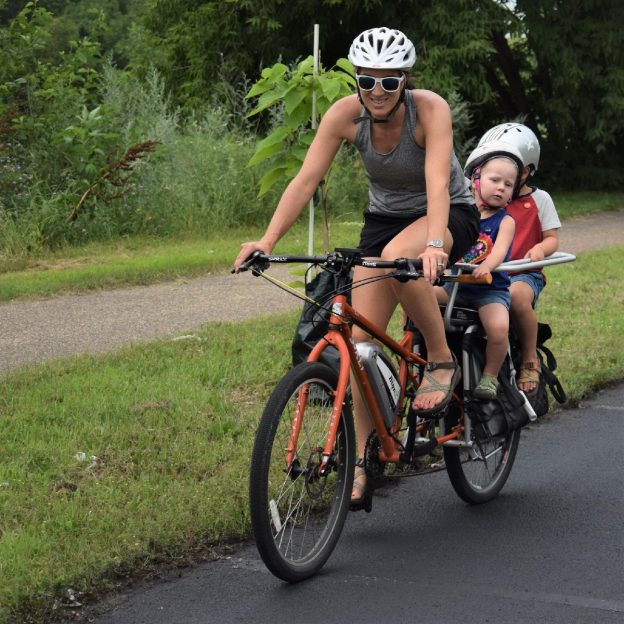Referred to by most as an e-bike, an electric assist bicycle refers to a motorized version of the traditional bike. With three general classifications, the speeds of e-bikes vary. Compared to a regular bicycle, which relies totally on your pedal power. The electric motor assists your pedaling efforts allowing you to go farther using less energy and having more fun. The only downside to an e-bike is the added cost of the electrical system, motor, and battery lifespan. When buying an e-bike, also consider how far you’ll be riding between charges. And whether you can charge the bike’s battery at regular intervals.

Different types and speeds of e-bikes
You can use an electric bike as you would use a conventional bike. Take it on a casual city ride. Use the bike to commute to work. Or on long cross-country trips. Use the electric motor’s power to help you tackle or ascend hills by combining electric energy with mechanical gears. It is like you are mainly always riding on flat terrain.

Once you have defined how you will use the bike and the model you prefer, you will have to choose which of the three e-bike classifications best fits you.
Class 1: e-bikes are pedal-assist only, with no throttle, and have a maximum speed of 20 mph
Class 2: e-bikes also have a maximum speed of 20 mph but allow for throttle assistance
Class 3: e-bikes are pedal-assist only, with no throttle and a maximum speed of 28 mph.
For more information about e-bike speed and the best classification, best for you see the Bosch Guide here.


